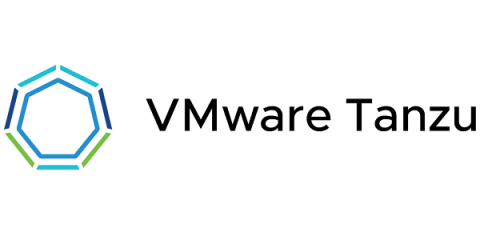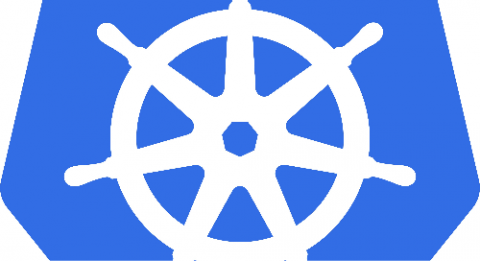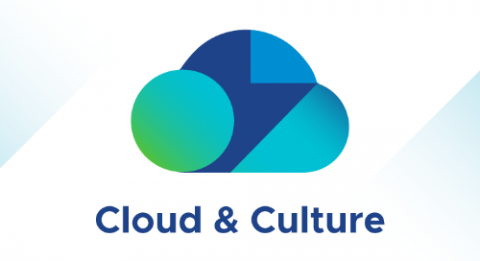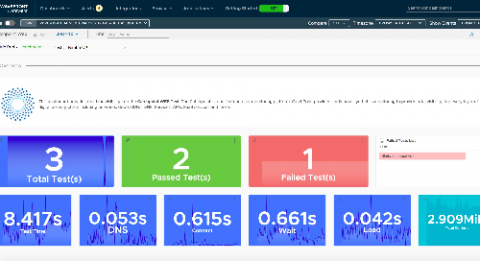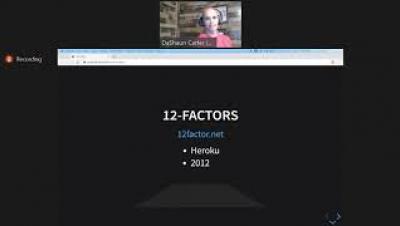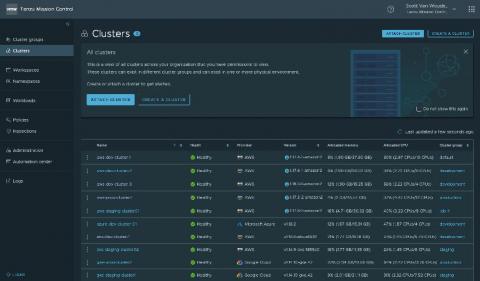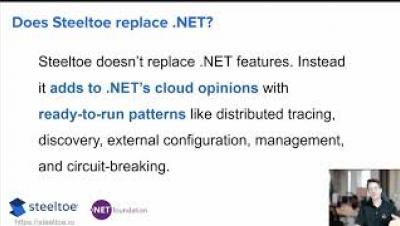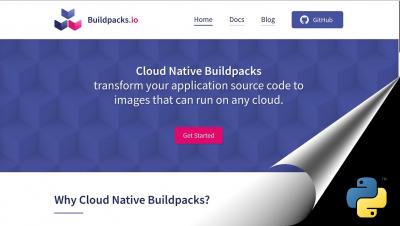Extend Your Apps with AWS, Azure, and GCP Services Using Cloud Service Broker
Many large organizations deploy Cloud Foundry atop the public cloud to deliver superior business outcomes. The app platform has proven to be a terrific way to adopt public cloud in an efficient, expedient, and secure fashion. There’s another benefit to deploying atop the public cloud—easy access to innovative, first-party services.


